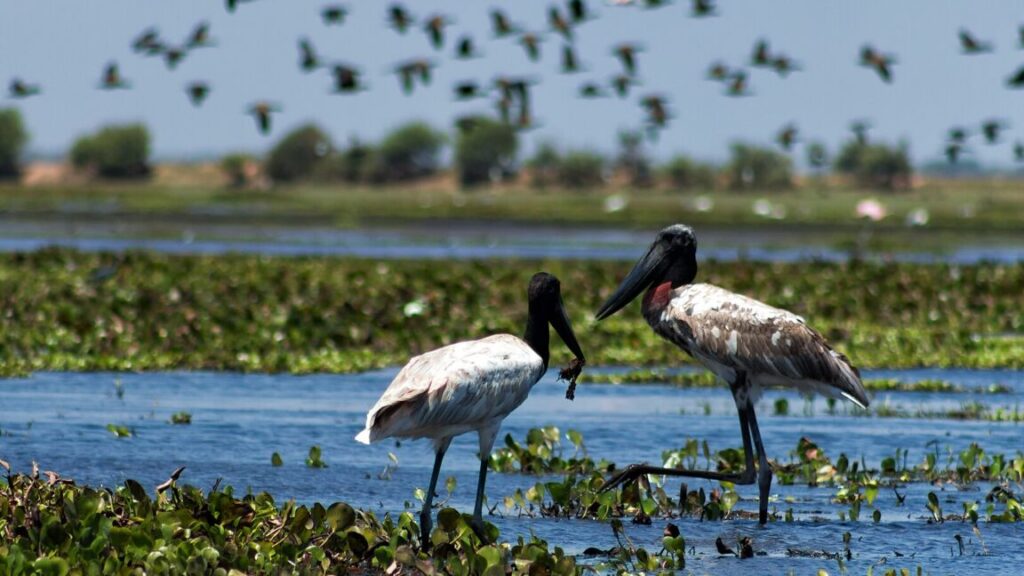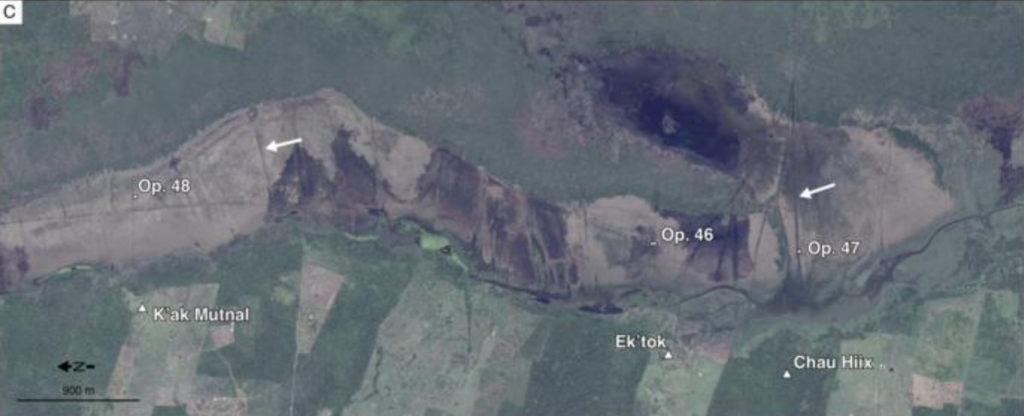Incan numerical recordkeeping system may have been widely used
Women in STEM: Inca Edition
In the late 1500s, a few decades after the khipu in this recent study was made, an Indigenous chronicler named Guaman Poma de Ayala described how older women used khipu to “keep track of everything” in aqllawasai: places that basically functioned as finishing schools for Inca girls. Teenage girls, chosen by local nobles, were sent away to live in seclusion at the aqllawasai to weave cloth, brew chicha, and prepare food for ritual feasts.
What happened to the girls after aqllawasai graduation was a mixed bag. Some of them were married (or given as concubines) to Inca nobles, others became priestesses, and some ended up as human sacrifices. But some of them actually got to go home again, and they probably took their knowledge of khipu with them.
“I think this is the likely way in which khipu literacy made it into the countryside and the villages,” said Hyland. “These women, who were not necessarily elite, taught it to their children, etc.” That may be where the maker of KH0631 learned their skills: either in an aqllawasai or from a graduate of one (we still don’t know this particular khipu-maker’s gender).
“Science confirming what they already knew”
The finely crafted khipu turning out to be the work of a commoner shows that numeracy was widespread and surprisingly egalitarian in the Inca empire, but it also reveals a centuries-long thread connecting the Inca and their descendants.
Modern people—the descendants of the Inca—still use khipu today in some parts of Peru and Chile. Some scholars (mostly non-Indigenous ones) have argued that these modern khipu weren’t really based on knowledge passed down for centuries but were instead just a clumsy attempt to copy the Inca technology. But if commoners were using khipu in the Inca empire, it makes sense for that knowledge to have been passed down to modern villagers.
“It points to a continuity between Inka and modern khipus,” said Hyland. “In the few modern villages with living khipu traditions, they already believe in this continuity, so it would be the case of science confirming what they already know.”
Science Advances, 2025. DOI: 10.1126/sciadv.adv1950 (About DOIs).
Incan numerical recordkeeping system may have been widely used Read More »


